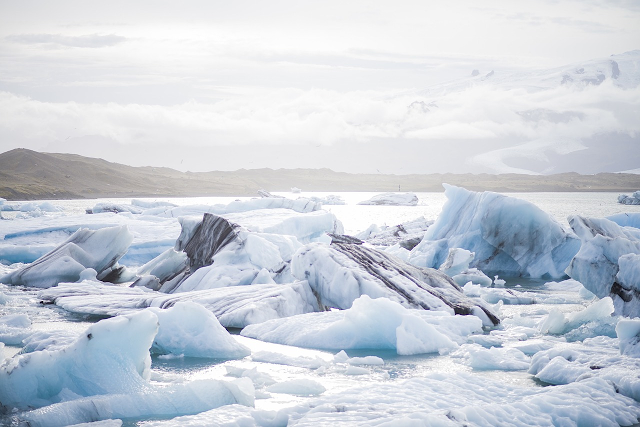The west Antarctic ice sheet loses around 150 cubic km of ice every year. But, now as it has turned out the stable ice sheet isn’t stable anymore. An Australian expedition somehow managed to reach Totten Glacier which was once thought to be unreachable and have found evidence that this glacier also is being affected by warm waters. Dr. Stephen Rintoul, physical oceanographer, CSIRO, said that the Totten glacier holds ice that could produce a rise of approximately 3.9 meters – this is almost half of what would come from the Greenland ice sheet. Dr. Rintoul says, “There was good evidence from other places in Antarctica that the ocean was responsible for the thinning of glaciers, like the Pine Island glacier in West Antarctica, but we couldn’t say why the Totten was thinning because no one had been there before. What we found was, sure enough, there was warm water reaching the glacier – and that really goes counter to what we’d long thought.” Dr. Rintoul says even though according to the old evidence West Antarctic sheet will be more affected by climate change, but the new evidence suggests the east ice sheet will be more affected. This adds to the fact that East Antarctica is more dynamic than we thought. If we take a look at the Earth’s history when the level of CO2 was as high as it is today, we’ll know that during that climate the sea level was 20 meters higher than today’s. This implies if all of the Greenland and West Antarctica ice was melted at that time, there won’t still be a rise of 20 meters. The only other place that could contribute to such rise is East Antarctica.
That climate period was called Pliocene and even though this doesn’t tell us what might happen of the future, it does tells us that East Antarctica did keep changing with time and it is still happening today. Overall this suggests that some parts of East Antarctica sheets might already be on the verge of collapsing and raise global sea level by 3 meters in coming years even if we stabilize the greenhouse gas emissions in the coming time.






















